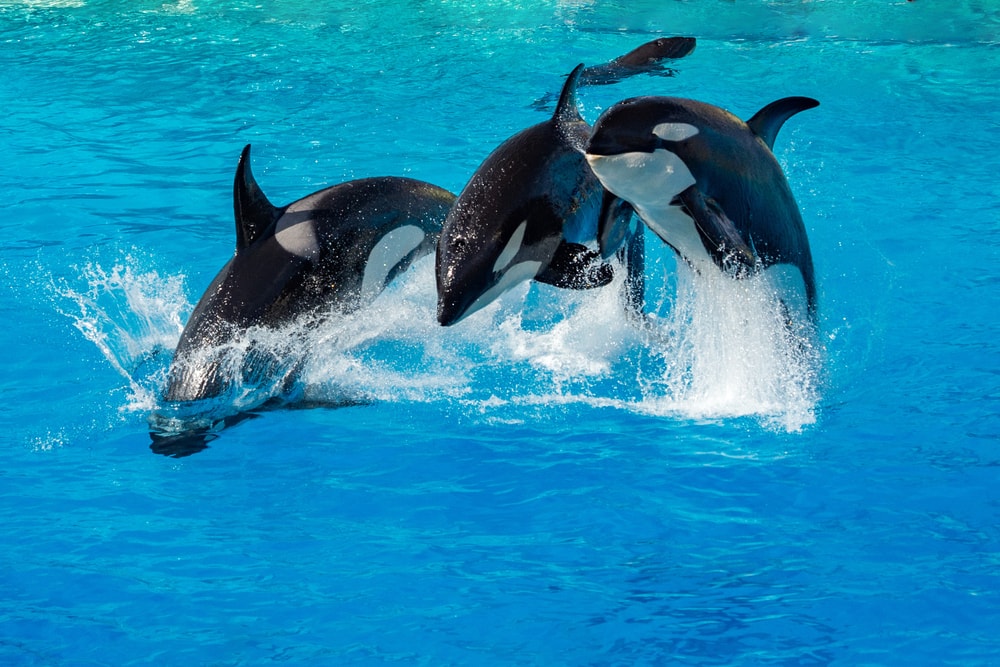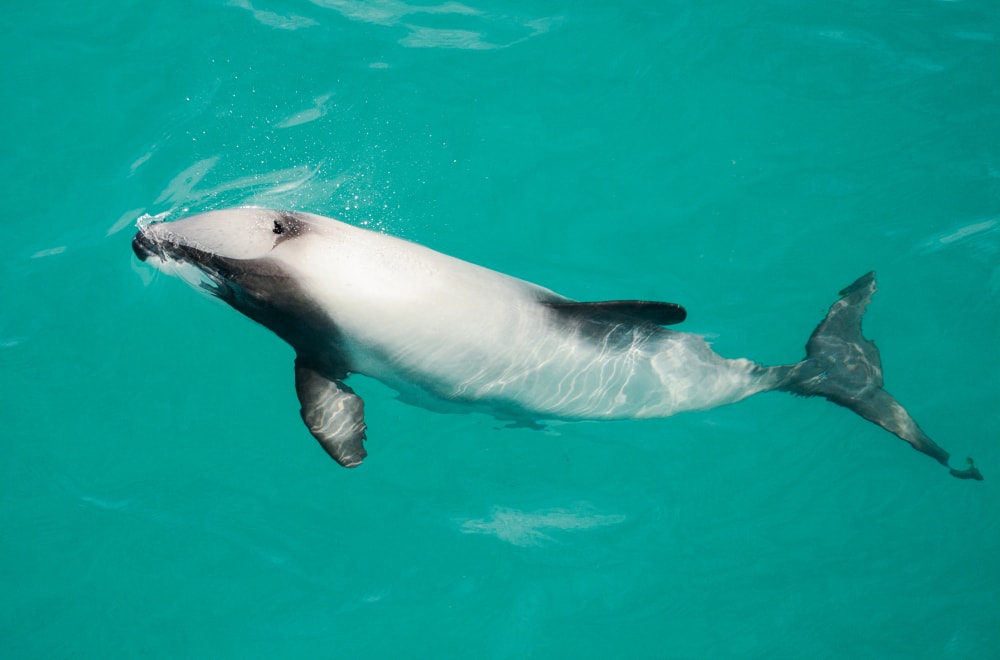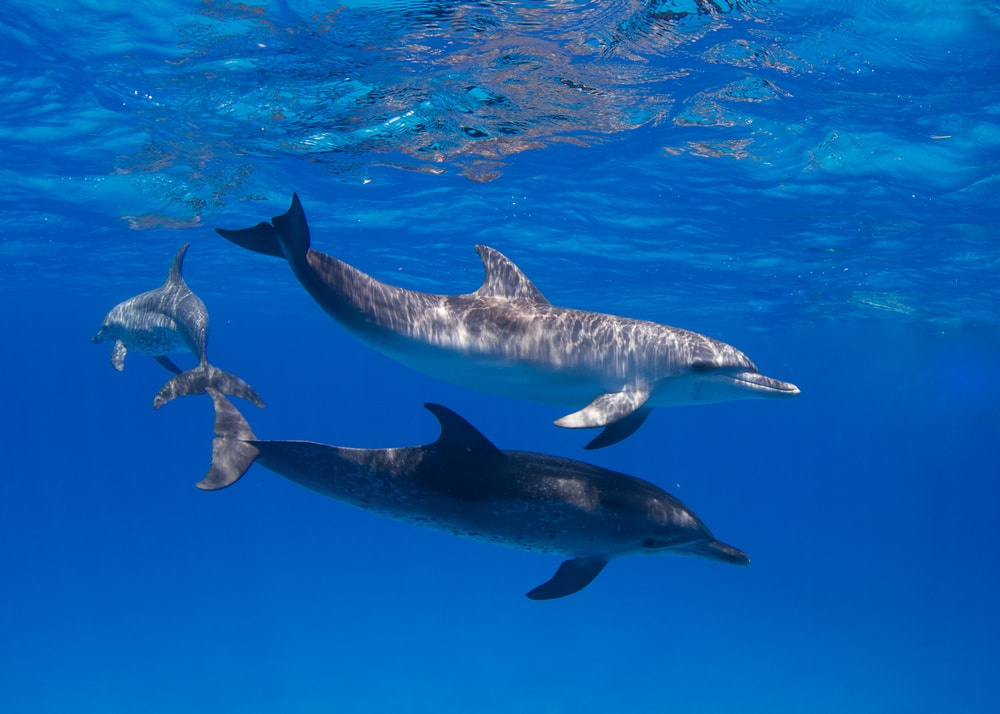
Can you imagine falling asleep in the ocean? Not on the ocean, as if you were on a boat, but actually in the ocean? As you can imagine, you’d probably sink and suck water into your lungs. It’s terrifying to think about.
But dolphins are mammals, just as we are. So how do dolphins sleep? Do dolphins sleep at all?
What Is A Dolphin?
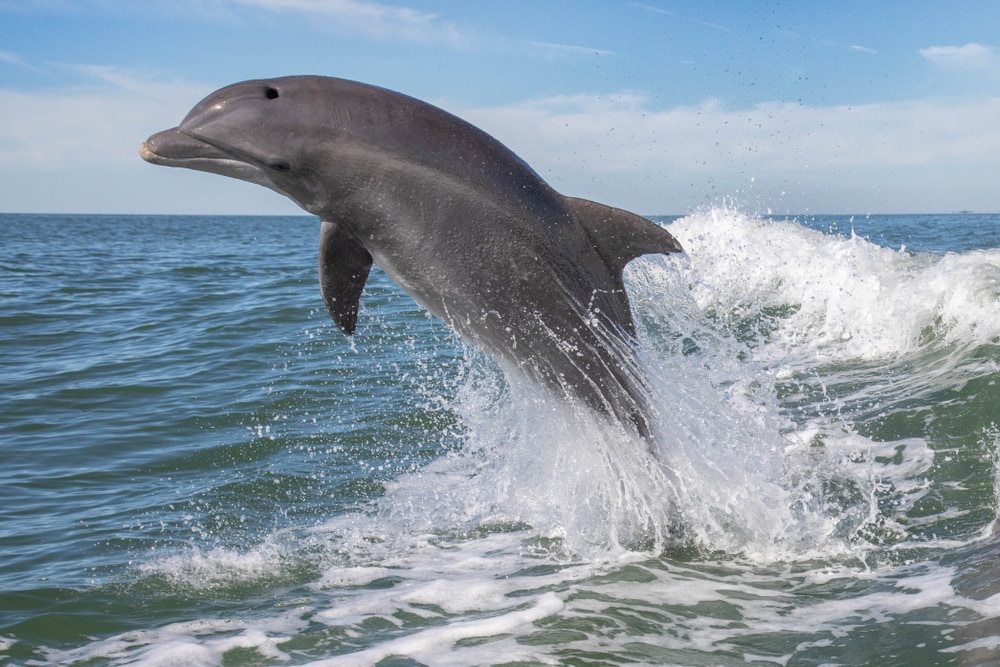
There are 42 known species of dolphins around the world. 38 of these species live in the world’s oceans, while 4 live in rivers across Asia and South America.
Where they live depends on the species. Some prefer to live along the coast, while others prefer shallow bodies of water further out to sea. Dolphins are warm-blooded, so most prefer to live in tropical and temperate waters.
The only dolphin species that lives in the Arctic and Antarctic is the orca. They are large, so they are better equipped for frigid waters than their smaller cousins.
Dolphins are intelligent creatures. They are social and experience emotions like we do. They have a range of vocalizations that they use to communicate with each other. If you listen, you will hear a variety of whistles, clicks, and squeals. They even use echolocation to track down their prey.
They are carnivores who love to feast on various fish, squid, and crustaceans. Although they have teeth, they don’t chew their food. Instead, they break their food into smaller pieces before swallowing it.
Because there are so many species, their lifespans also vary. The smaller dolphin species have an average lifespan of 20 years. Larger species can live for about 80 years.
Why Are Dolphins Mammals?
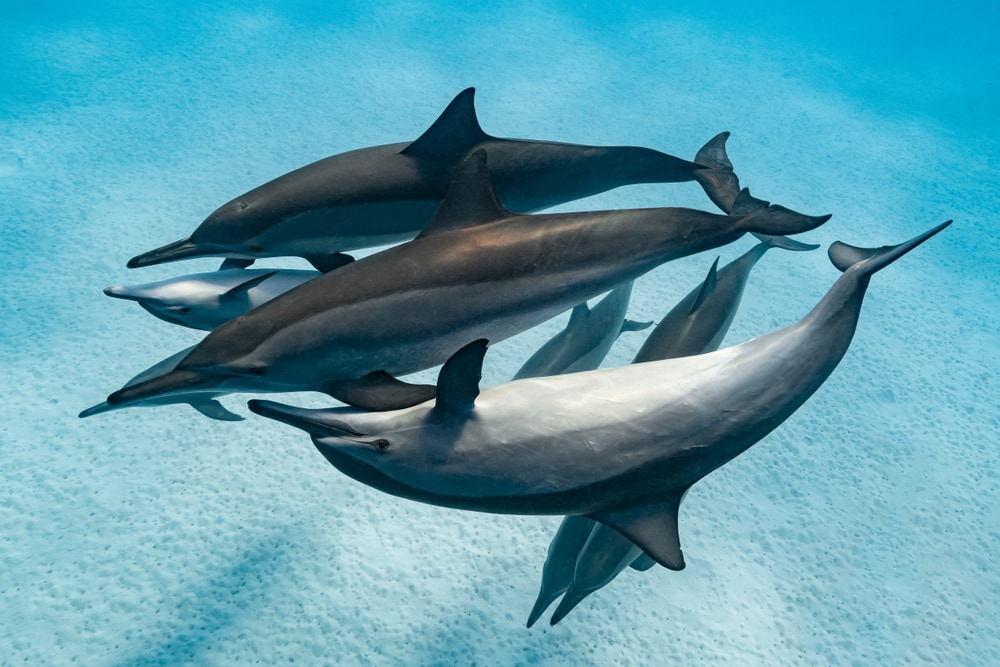
Many people don’t realize that dolphins are mammals, not fish. The confusion makes sense — they look like fish and are fully aquatic. If they are a mammal, how do they survive in the water?
Telling dolphins and fish apart is quite simple if you know what to look for. It is like telling a turtle and a tortoise apart.
So, what does it mean that dolphins are mammals?
Dolphins Breathe Air

Being a mammal means that dolphins breathe air. They have lungs and must come to the surface to breathe air.
Fish have gills. They inhale water through their gills and absorb oxygen into their body that way. They do not have lungs and cannot breathe air.
Some fish — like betta fish — have a labyrinth organ that allows them to breathe air from the surface. Still, bettas need to breathe through their gills as well. Having a labyrinth organ does not make a fish a mammal.
Dolphins Give Birth To Live Young
It also means that they give birth to live young. Dolphins give birth to their offspring in the water. They must push them up to the surface after birth to breathe.
Mother dolphins will be pregnant anywhere between nine and 16 months. They only give birth to a single baby once every 1-6 years. When the baby is born, they feed them milk.
Most fish also produce eggs rather than give birth to live young. This sets them apart from mammals like dolphins. Unlike a dolphin who only gives birth to a single baby, most fish can produce hundreds of eggs yearly.
There are some species of fish that give birth to live young. Still, they are not considered a mammal because they can’t breathe air. Fish are also unable to produce milk for their young.
A Dolphin’s Tail Moves Up & Down
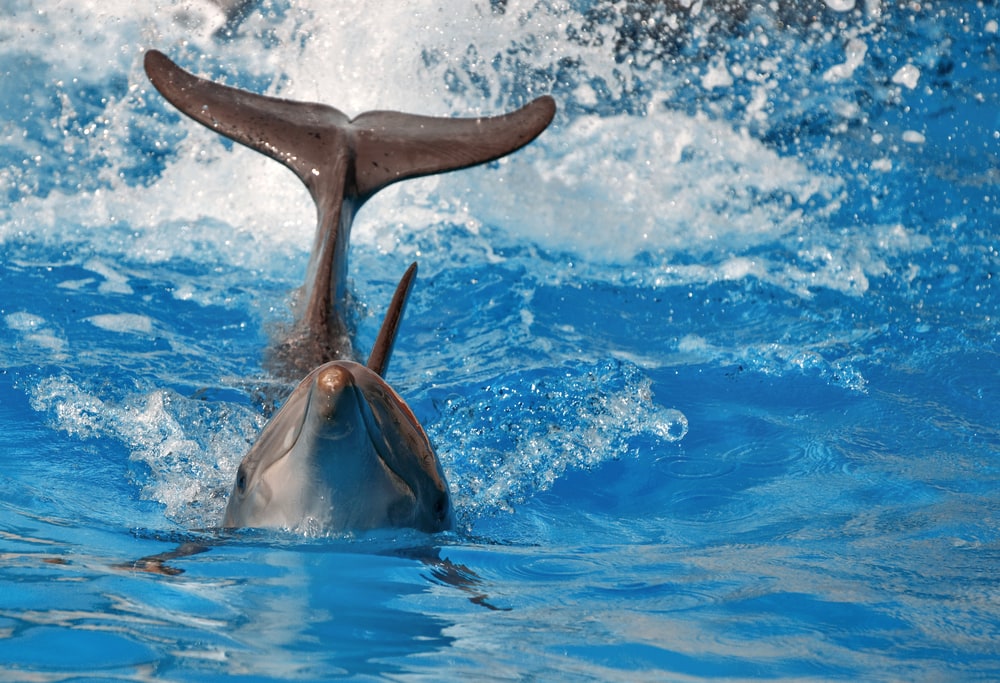
As air-breathing mammals, dolphins evolved from animals that used to walk on land. Because of this, a dolphin’s tail moves vertically when it swims.
A fish’s tail moves from side to side as it swims.
Dolphins Are Warm-Blooded
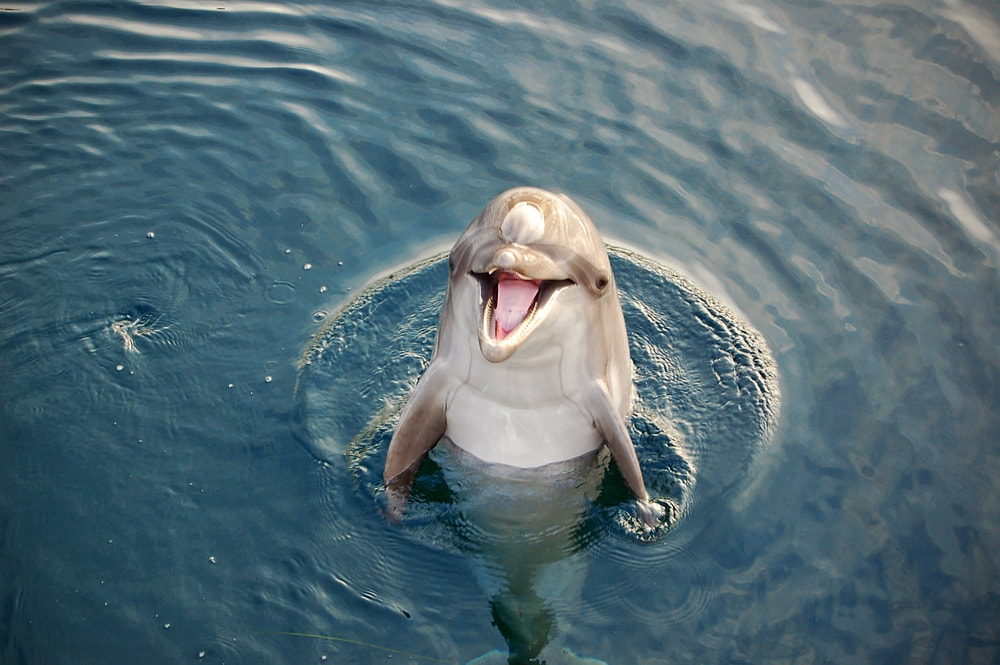
Dolphins are warm-blooded. This is why most species prefer to live in tropical and temperate regions. Their bodies have layers of blubber that help them to stay warm.
Fish are cold-blooded, allowing them to adjust to varying water temperatures easier. They have no need for fat or blubber to keep them warm.
You may also like: 25 Different Types Of Dolphins Species (Pictures, Facts And Chart)
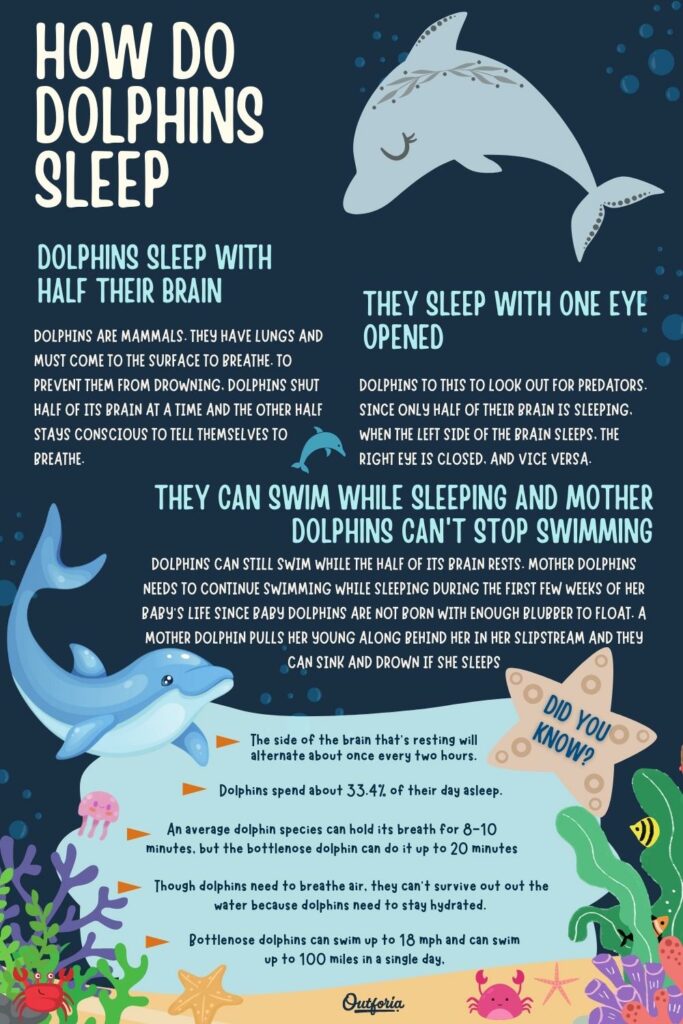
SHARE THIS IMAGE ON YOU SITE
<a href="https://outforia.com/how-do-dolphins-sleep/"><img style="width:100%;" src="https://outforia.com/wp-content/uploads/2022/10/HOW-do-dolphins-sleep-infographics-683x1024.jpg"></a><br>HOW DO DOLPHINS SLEEP <a href="https://outforia.com">Outforia</a>How Do Dolphins Sleep?
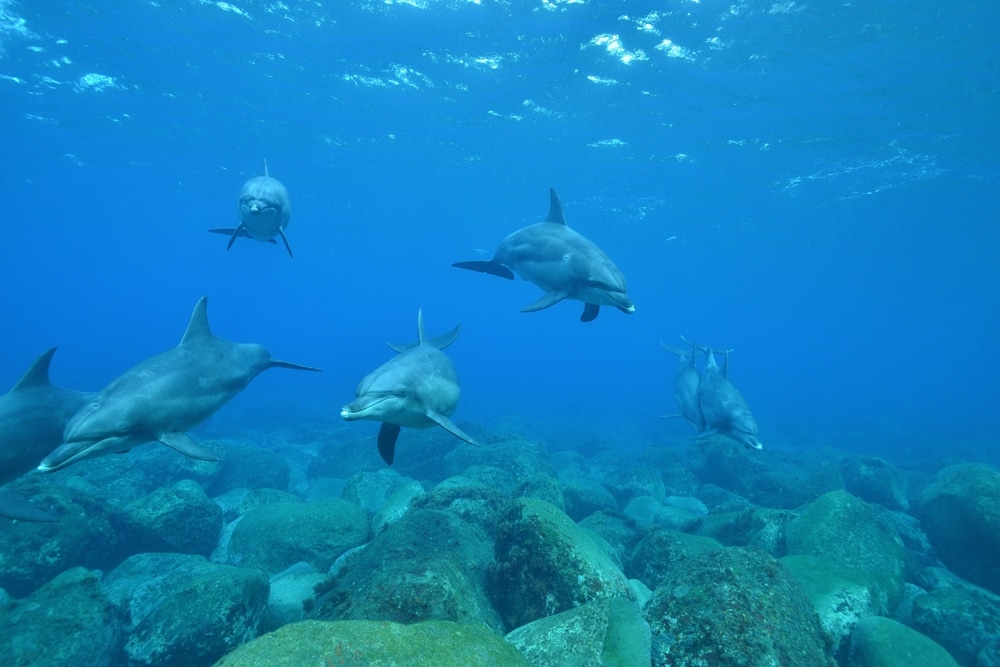
When we sleep, we go unconscious. Our brains shut down and rest. While we’re sleeping, we are unaware of our surroundings. Still, our body keeps us alive by forcing us to breathe.
As you can imagine, sleeping this way would be dangerous for an animal that lives in water. If a dolphin wasn’t aware of its surrounding, its body would sink. It would also be in danger from predators.
So how do they manage to rest?
Dolphins Sleep With Half Their Brain

While sleeping, a dolphin must remain semi-conscious. Their bodies do not breathe automatically as ours do. Think about it. If their bodies breathed automatically while underwater, they’d drown. So, they have to tell themselves to breathe.
Still, their brains need to rest.
To work around this problem, a dolphin will shut off half of its brain at a time. This is what I mean by ‘semi-conscious.’ One half of their brain will rest while the other is conscious and keeping them alive.
Dolphins Sleep With One Eye Open
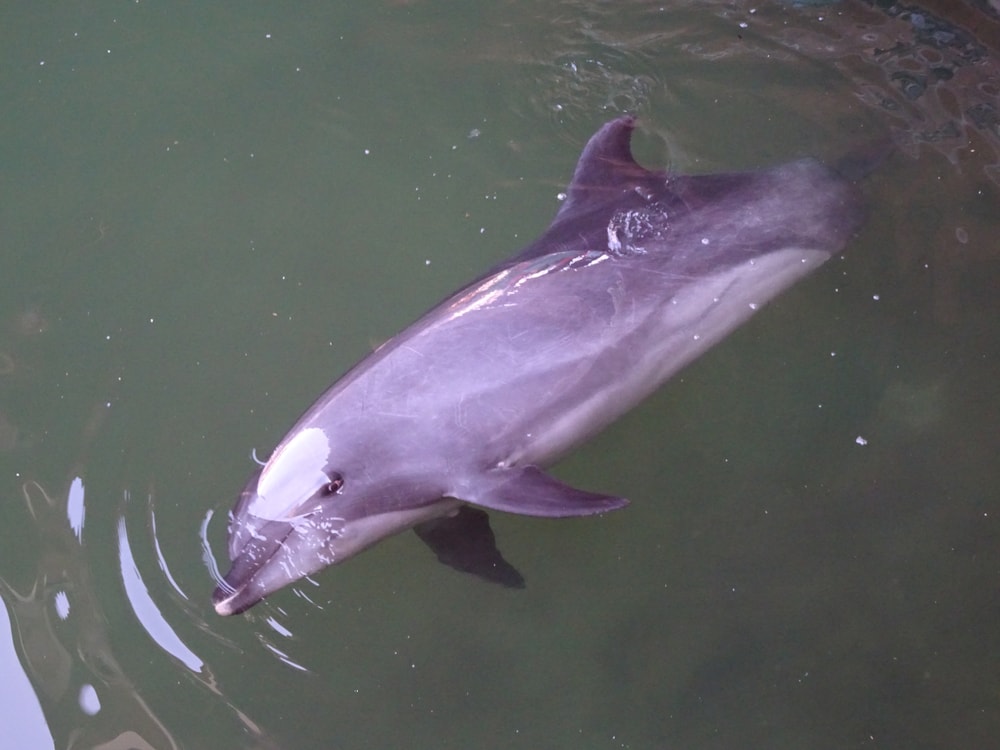
They also only close one eye while they’re sleeping. This, of course, allows them to look out for predators.
The brain controls the opposite side of the dolphin’s brain. So, when the left side of the brain sleeps, the right eye is closed, and vice versa.
This type of sleep is unihemispheric sleep because only one hemisphere of the brain sleeps at a time.
Dolphins Can Swim While They Sleep
While they sleep, dolphins will usually lie at the surface of the water, unmoving. This gives them easy access to the water’s surface, where they can take breaths. Many people refer to this habit as “logging.” This is because dolphins resemble logs when they’re floating on the surface.
When they are in shallow water, they may sleep on the seabed as it’s easier on their bodies. Then, when they need to breathe, they will travel a short distance to the water’s surface.
Other times, a dolphin will continue swimming while one-half of its brain rests. Adult males will usually travel in pairs, so they swim side-by-side while sleeping. Females travel in large pods, sleeping in the same area or pairing off.
Mother Dolphins Can Never Stop Swimming
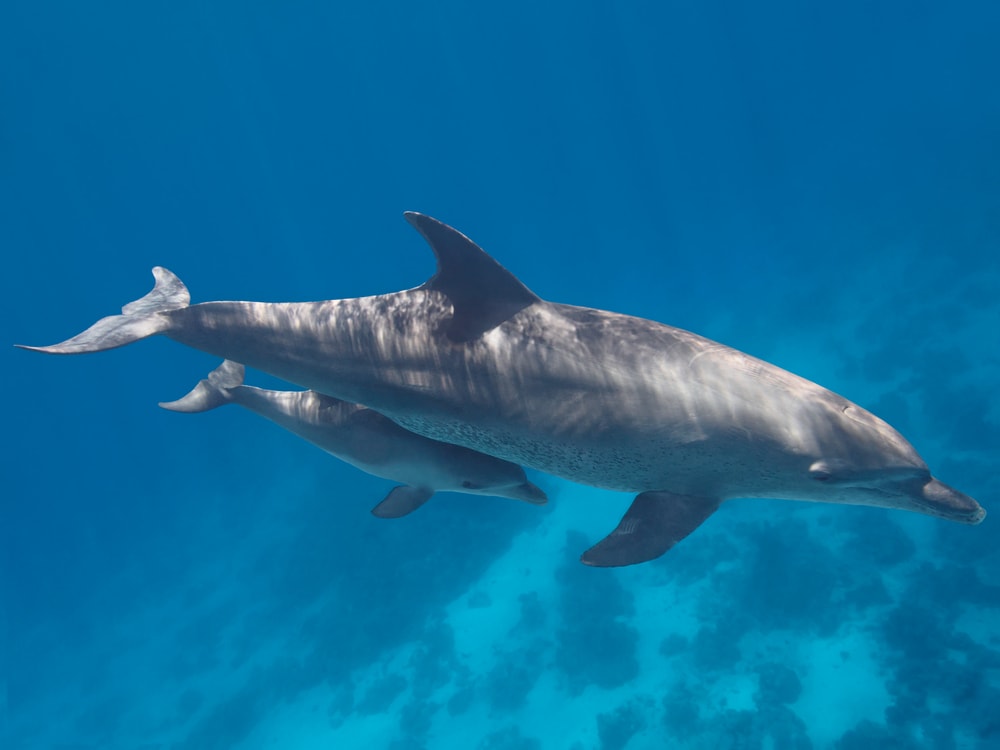
Juvenile dolphins will sleep and eat while their mother is swimming. She pulls her young along behind her in her slipstream. This is “echelon” swimming.
The mother is also sleeping while she swims. This is necessary because she cannot stop swimming for the first few weeks of her baby’s life. If she does, they will begin to sink and can drown. Baby dolphins are not born with enough blubber to float.
You may also like: How Do Whales Sleep? All About Their Surprising Ways To Slumber
How Long Do Dolphins Sleep?
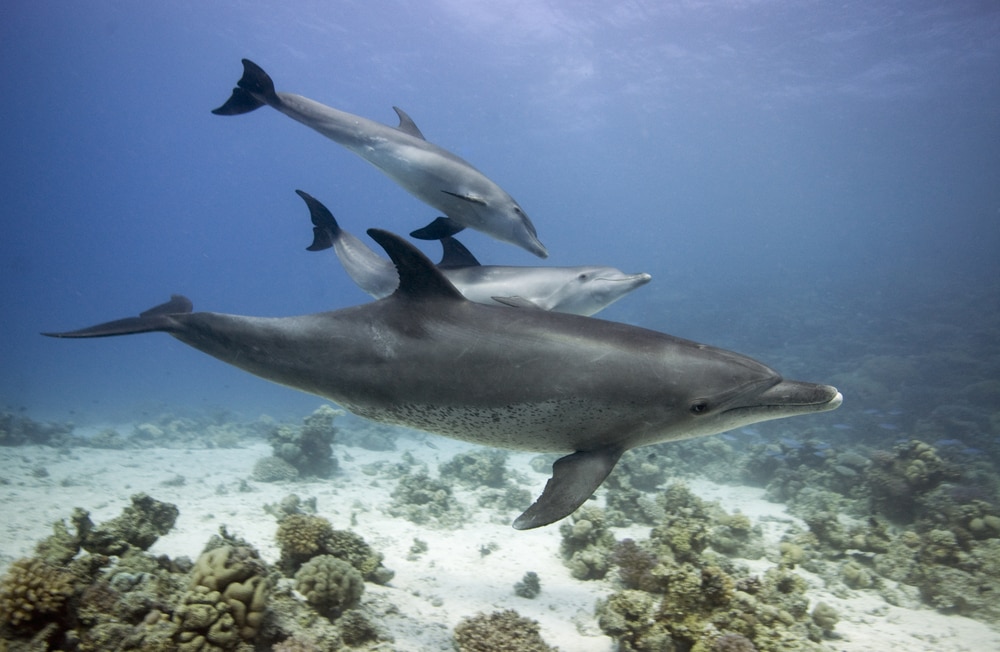
When a dolphin sleeps, it alternates between each side of the brain. The side of the brain that’s resting will alternate about once every two hours.
They prefer to sleep at night but only rest for a couple of hours at a time. They also like being active at night because this is when their prey tends to be most active.
The total amount of time a dolphin stays asleep likely varies between species. But, researchers completed studies on bottlenose dolphins by collecting electroencephalogram (EEG) readings.
Based on those readings, we know that bottlenose dolphins are animals that sleep a lot. They spend about 33.4% of their day asleep.
You may also like: How Long Can Whales Hold Their Breath? Deep Divers & Master Lungs
Dolphin Fun Facts
Dolphins Come In All Different Sizes
The orca, or killer whale, is the largest species of dolphin. That’s right, although we’ve termed them the ‘killer whale,’ they are not whales at all. They can grow up to 32.8 ft (10 m) long.
The Hector’s dolphin and Franciscana dolphin are the smallest species of dolphin. The Hector’s dolphin will only grow to about 4.6 ft (1.4 m) long. The Franciscana dolphin will only grow to about 5.9 ft (1.8 m) long.
Dolphins Have Teeth
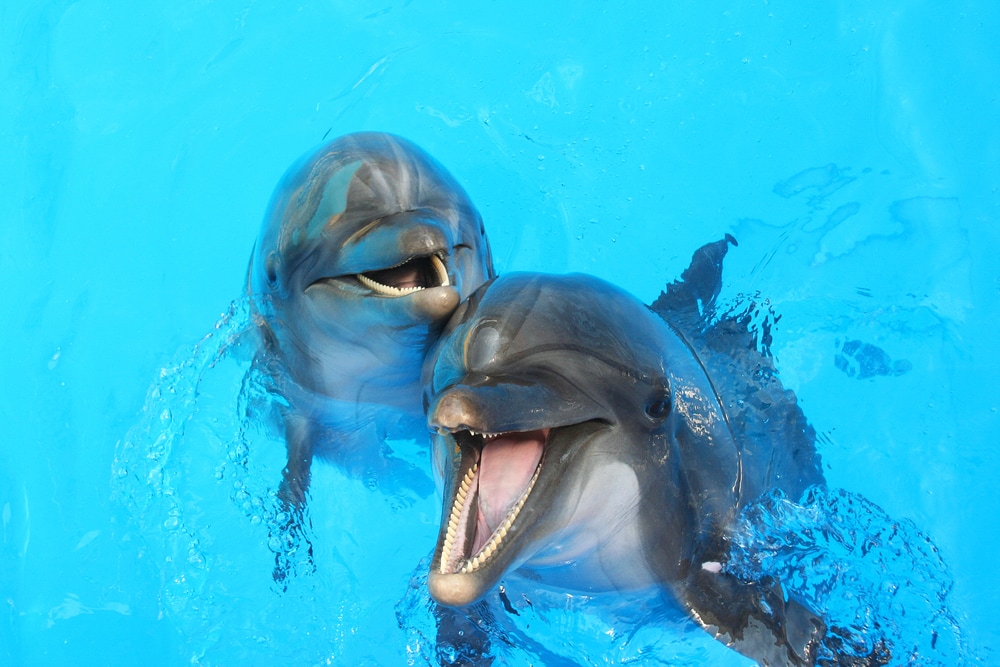
They have cone-shaped teeth that they use to eat their food. The number of teeth a dolphin has depends on the species. Some dolphins, like the Risso’s dolphin, have as few as 14 teeth. Other dolphins, like the spinner dolphin, have as many as 240 teeth.
You may also like: A Deep Dive Into The 25 Types Of Sharks (Names, Chart And Pictures)
Dolphin FAQs

Do dolphins sleep with one eye open?
Yes, dolphins do sleep with one eye open. When sleeping, a dolphin only shuts off half of its brain. The other half remains conscious. This means that only one eye stays closed during sleep.
Dolphins keep one eye open while sleeping because it keeps them safe. They often continue swimming while asleep. So, their open eye helps them look out for obstacles. It also stays alert to the presence of predators.
Can dolphins sleep and swim at the same time?
Yes, dolphins can sleep and swim at the same time, and they often do! Dolphins only shut off half of their brain when they sleep, so the other half stays conscious. Because of this, they can continue swimming while asleep.
How long can a dolphin stay underwater without breathing?
How long a dolphin can hold its breath depends on the species. The average dolphin species can hold its breath for about 8-10 minutes. But, the bottlenose dolphin can hold its breath for up to 20 minutes!
How long can dolphins survive out of water?
Although dolphins breathe air but cannot survive outside water for long. The main reason for this is they need to stay hydrated. A beached dolphin can only survive for a few hours on land before it becomes dehydrated. This is especially true in warm and hot areas.
Why Do Dolphins Follow Boats?
There are a few reasons why dolphins follow boats, but the main reason is because it’s fun. They may become curious about the passengers on the boat, so they will follow the boat to see what’s going on.
How Do Dolphins Mate?
Unlike most animals, dolphins don’t have a set mating period. They will mate at any time. Intelligent animals will use their communication skills to find a mate. Males like to show off to females and present them with gifts to impress them.
How Fast Do Dolphins Swim?
How fast dolphins swim varies between species. Bottlenose dolphins can swim at speeds over 18 mph (29 km/h). But, it’s more common for them to swim at speeds of about 6-8 mph (9.6-12.9 km/h).
Even more impressive, they can swim up to 100 miles (km) in a single day.



